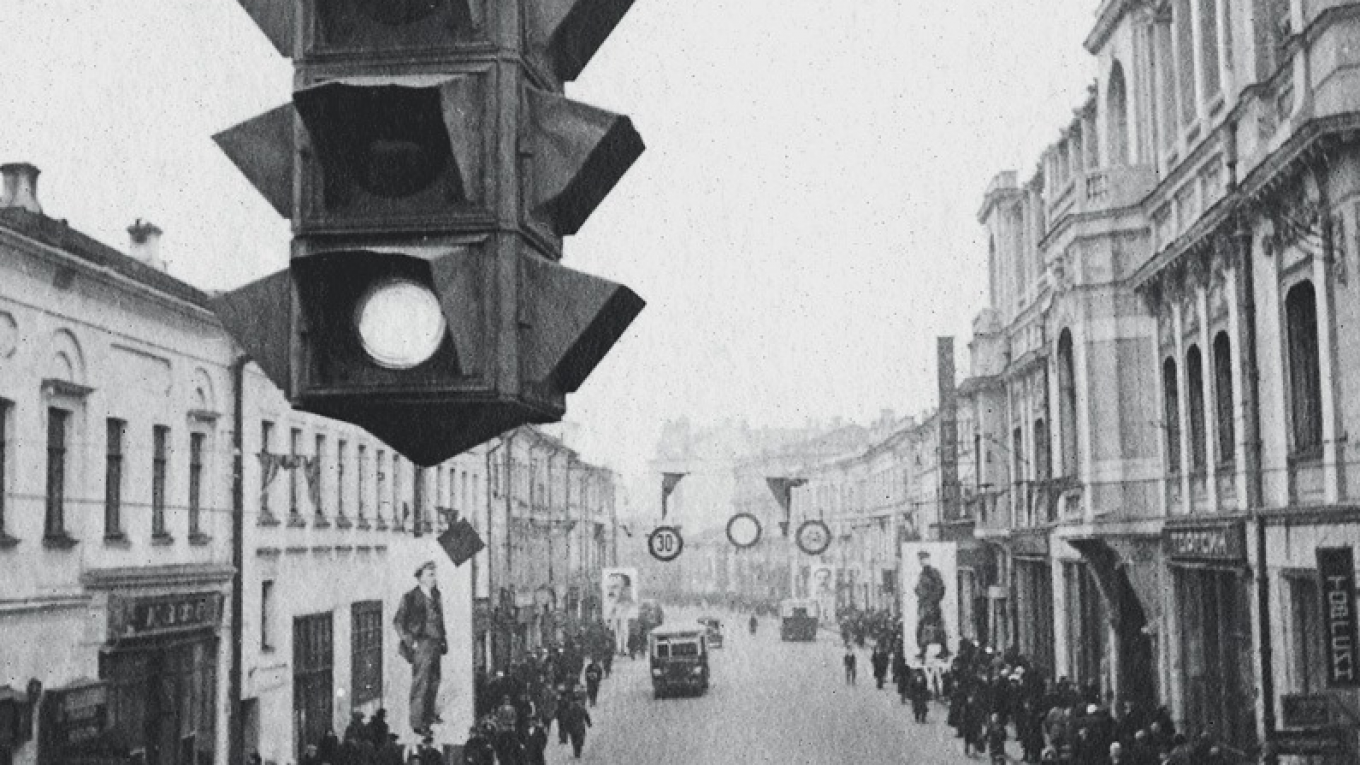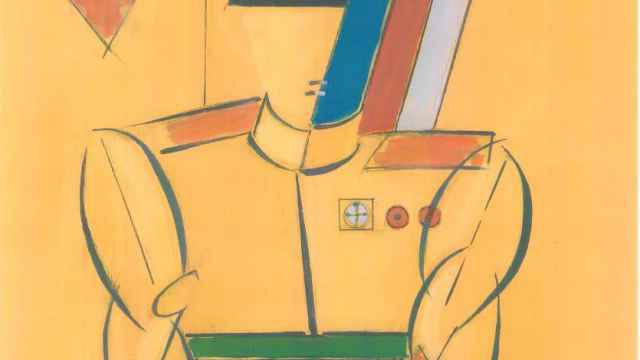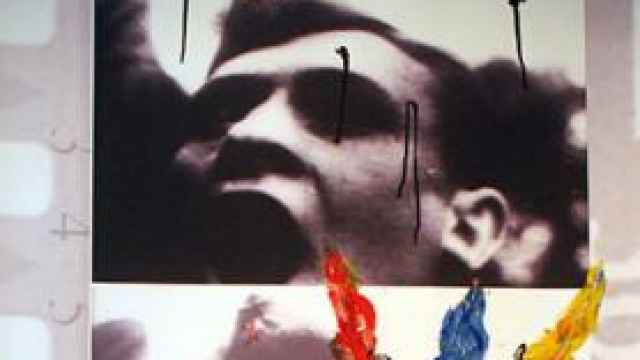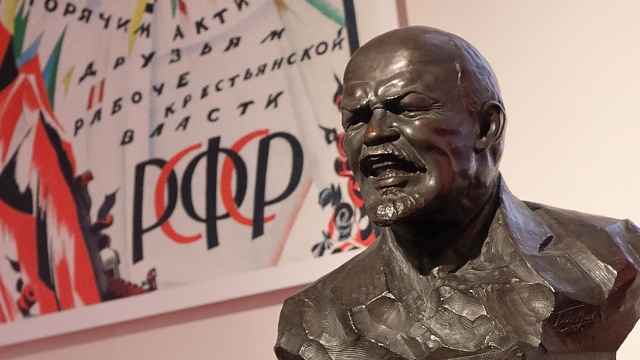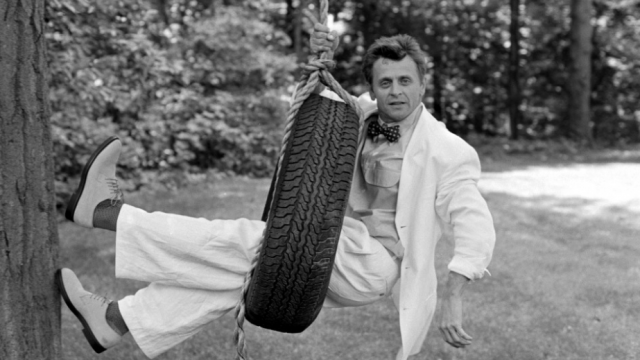In 1938 Russian photographer Yakov Khalip set off on the icebreaker “Taymyr” to rescue Ivan Papanin and three of his fellow crew members from their drifting research station in the North Pole. The images he captured of the expedition, which were developed onboard the ship and flown back to Russia, made the papers the very next day.
It was just one of the many iconic events of the Soviet era that Khalip documented.
From the everyday lives of ordinary people to the changing urban landscape, his photographs captured the very essence of the Soviet Union.
It’s a fascinating legacy that Muscovites can enjoy at the first ever major retrospective of Khalip’s work. The 10-year labor of love by the Lumiere Brothers Center for Photography and Khalip’s family, who offered their archive to the gallery, offers a unique opportunity to experience Soviet history through the lens of one photographer.
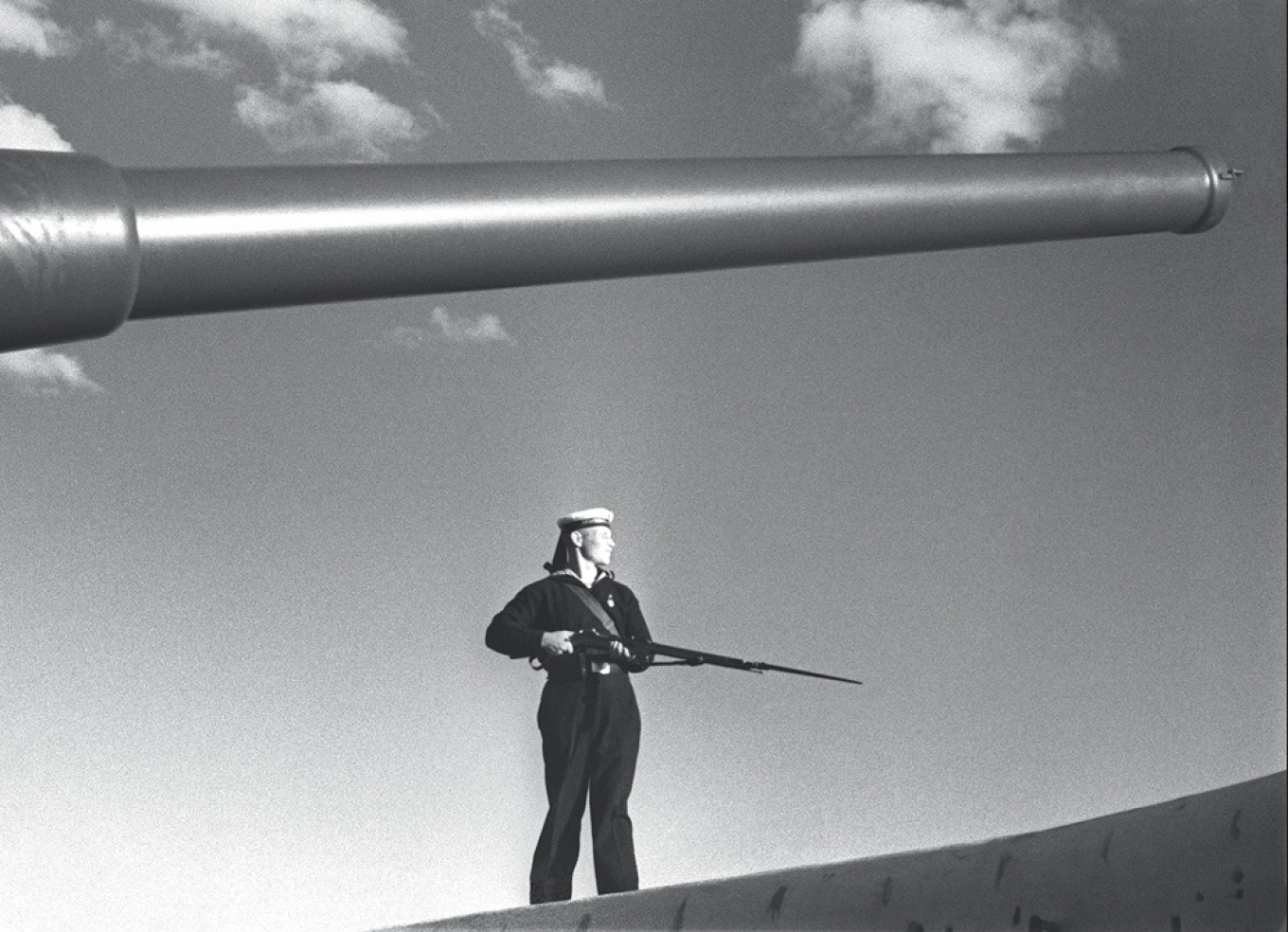
The New Soviet Man
After settling in Moscow in 1921,
Khalip began working as a news photographer. His shots were commissioned
by Alexander Rodchenko and Varvara Stepanova for the U.S.S.R. in
Construction magazine which aimed to promote the Soviet Union to the
rest of the world. While essentially intended as propaganda, Khalip’s
photography demonstrated his obvious artistic talent.
“Khalip was able to retain his artistic integrity whilst still being a
Soviet citizen, and thus produce amazing pieces of avant-garde
photography,” said Yana Iskakova, the curator of the exhibition, in an
interview with The Moscow Times.
From metro stations and movie theaters to factories and parades, Khalip
documented the growth of the new Soviet state. His series “Baltic Fleet”
captured young naval officers at work but also at play.
“The photos combine social realism — that is, the idea of showing the greatness of the Soviet Union and everything it stands for — with the avant-garde treatment of the subject: sharp angles, diagonal composition, playing with scale, active use of foreground, enlargement of details and bold cropping,” said Iskakova.
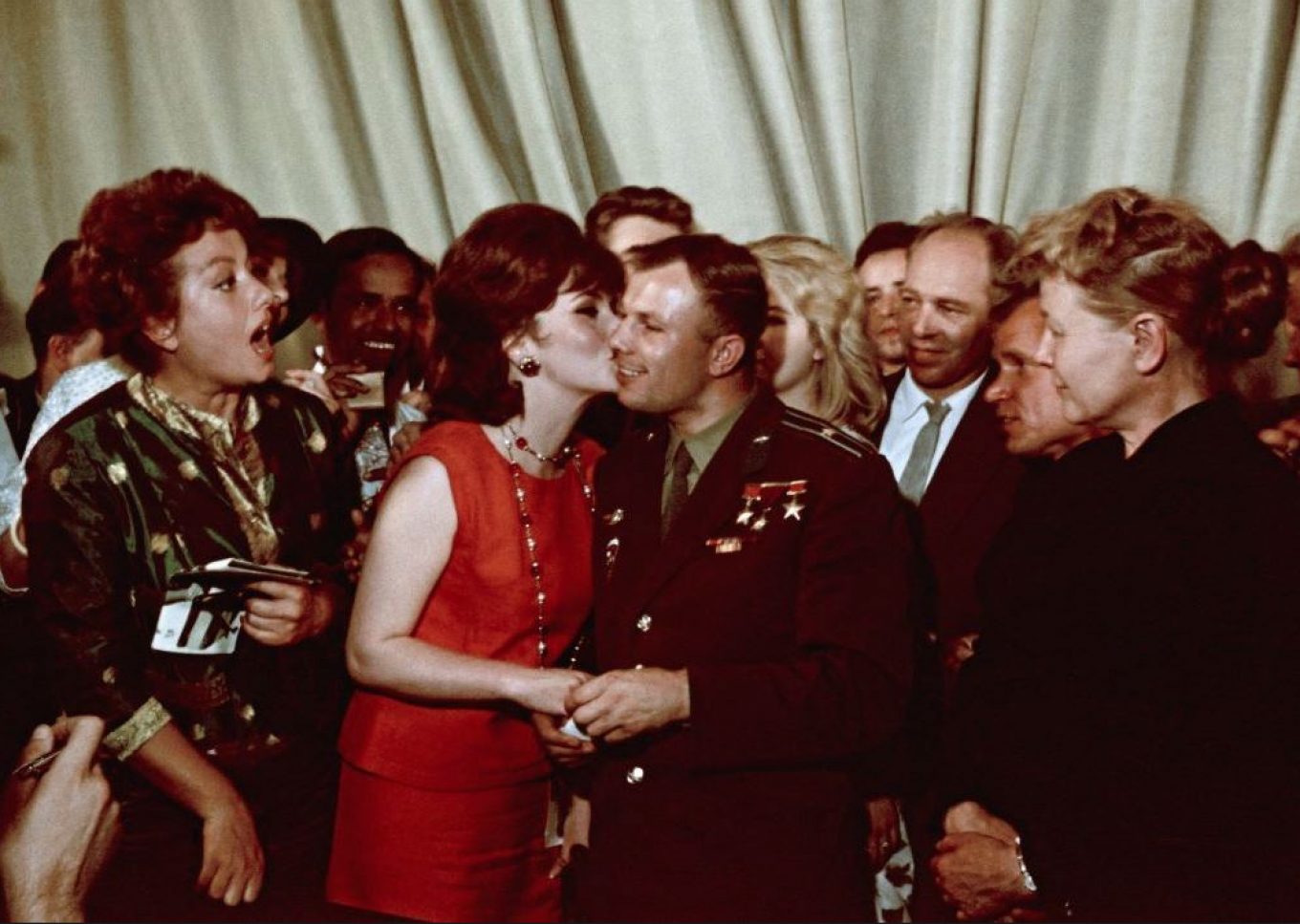
Art and War
Khalip was sent to the front during World War II as a correspondent for the Red Star newspaper. While he photographed the “action” of war, his lens also often focused on the small, snatched moments of calm where soldiers went about their day-to-day routines.
Khalip went on to secure a permanent job at U.S.S.R. magazine, where he worked until he died in 1980. His growing status opened up a world of opportunity to him, from capturing the moment when Yuri Gagarin kissed Italian movie star Gina Lollobrigida at the Moscow Film Festival, to travels abroad in Italy, Sweden, Morocco and Algeria. While he was an incredibly talented photographer, it was his charismatic personally which opened many doors for him throughout his career.
“Khalip was nice to everyone he met, and fondly remembered many of his subjects. He even tracked some of them down, years after first taking their picture, in order to once again capture these people whose lives had often completely changed since he last saw them,” said Iskakova.
A Message from The Moscow Times:
Dear readers,
We are facing unprecedented challenges. Russia's Prosecutor General's Office has designated The Moscow Times as an "undesirable" organization, criminalizing our work and putting our staff at risk of prosecution. This follows our earlier unjust labeling as a "foreign agent."
These actions are direct attempts to silence independent journalism in Russia. The authorities claim our work "discredits the decisions of the Russian leadership." We see things differently: we strive to provide accurate, unbiased reporting on Russia.
We, the journalists of The Moscow Times, refuse to be silenced. But to continue our work, we need your help.
Your support, no matter how small, makes a world of difference. If you can, please support us monthly starting from just $2. It's quick to set up, and every contribution makes a significant impact.
By supporting The Moscow Times, you're defending open, independent journalism in the face of repression. Thank you for standing with us.
Remind me later.


